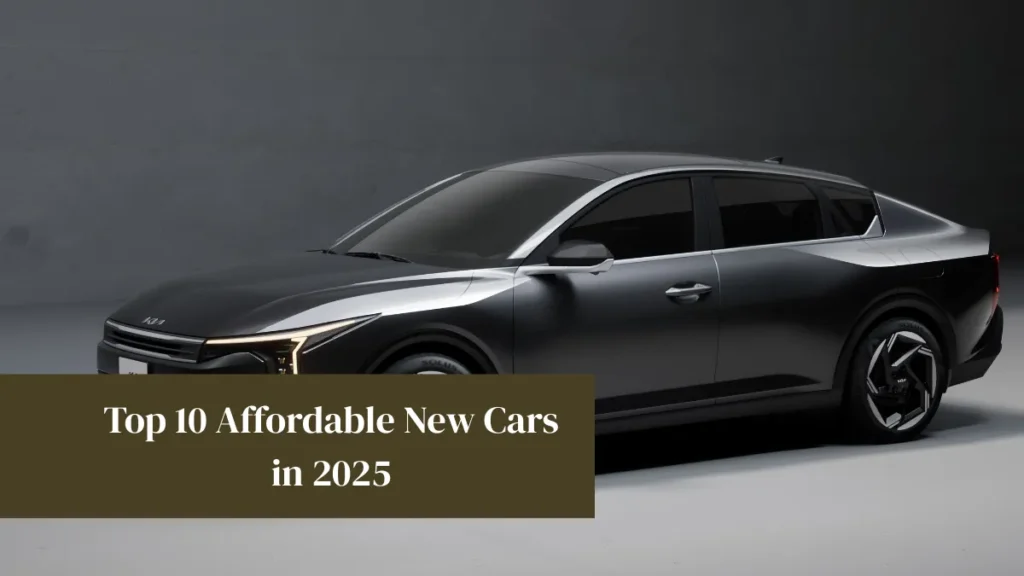The Dodge Charger Daytona EV Is Struggling in Today’s Car Market
It’s no secret that the current automotive market presents significant challenges—especially for electric vehicles. Dodge is feeling the pressure firsthand with its latest launch, the Charger Daytona EV, which has quickly found itself among the slowest-selling vehicles in the United States this year.
Sales Are Sluggish, Inventory Is High
According to a recent analysis by CarEdge, the Dodge Charger Daytona EV is one of the top ten slowest-moving vehicles in the U.S. right now. There’s a staggering 241-day market supply of this model, which essentially means it would take 241 days to sell the current inventory at the current sales pace.
As of now, 7,330 units are sitting unsold on dealership lots, while only 1,366 units have been purchased. The average transaction price is around $54,189, though reports suggest that many of these vehicles are selling for significantly less than their original sticker price—a strong indicator of low demand and high dealer incentive to offload inventory.
For context, here are a few other models in a similar situation:
| Make and Model | Market Day Supply | Units for Sale | Units Sold | Average Price |
|---|---|---|---|---|
| Jaguar F-Pace | 291 days | 2,740 | 424 | $72,831 |
| Cadillac CT4 | 243 days | 2,680 | 497 | $47,605 |
| Mini Hardtop 2 Door | 242 days | 3,937 | 731 | $36,696 |
| Dodge Charger | 241 days | 7,330 | 1,366 | $54,189 |
| Toyota 4Runner | 240 days | 6,448 | 1,210 | $52,932 |
| Porsche Taycan | 229 days | 2,224 | 437 | $143,682 |
| Volvo XC40 | 228 days | 8,708 | 1,717 | $48,643 |
| Range Rover Velar | 225 days | 2,492 | 498 | $72,530 |
| Mitsubishi Mirage G4 | 219 days | 3,433 | 704 | $19,685 |
| Alfa Romeo Giulia | 216 days | 1,017 | 212 | $54,322 |
While the Charger Daytona EV’s performance on the market isn’t unique, it’s concerning for Dodge given the vehicle’s importance to its electrification strategy.
Why Aren’t Consumers Buying the Charger Daytona EV?
There are several interconnected reasons why the Charger Daytona EV isn’t attracting buyers:
- Mismatch Between Target Audience and Product
Dodge is historically a brand associated with gasoline-powered muscle cars, known for raw power, engine noise, and aggressive styling. On the other hand, electric vehicle buyers typically prioritize efficiency, sustainability, and cutting-edge technology. The intersection of these two audiences is minimal, making it hard for Dodge to convince traditional muscle car fans to make the leap to electric. - High Entry Price With Limited Features on Lower Trims
The base price of the Daytona EV started at around $61,000, with higher trims reaching upwards of $78,000. While those numbers are not unheard of in the EV world, they don’t stack up well against competitors when it comes to standard features. For instance, lower trims lacked conveniences like a front trunk (“frunk”) and even robust security systems—features often expected at that price point. Buyers had to pay another $5,000 or more for optional packages to access those capabilities. - Production and Policy Challenges
Recently, Dodge was forced to halt production of the Charger Daytona EV due to trade tariffs affecting key components and materials. The Windsor Assembly Plant in Ontario, Canada, which was supposed to be a cornerstone of Dodge’s EV expansion under the Stellantis umbrella, is now facing uncertainty. Stellantis, Dodge’s parent company, is grappling with tariffs impacting several of its models, including the Chrysler Pacifica, Jeep Compass, and the upcoming Wagoneer S.
This production pause adds yet another layer of complexity to the vehicle’s already challenged rollout.
What This Means for Buyers
Despite the challenges, there is a silver lining—especially for buyers. A large oversupply combined with low demand often leads to aggressive dealer discounts, making this an opportune time for consumers to negotiate well below MSRP. If you’ve been considering the Charger Daytona EV, now might be the time to get a better deal than you otherwise could.
Final Thoughts
While the Dodge Charger Daytona EV was envisioned as a bold step into the electric future for the brand, its early sales performance reflects a market mismatch and larger industry headwinds. Between price point concerns, feature limitations, buyer misalignment, and external economic pressures like tariffs, Dodge has a steep hill to climb to reposition the Daytona as a viable contender in the EV space.
Still, with inventory stacking up, buyers may find unique value in these vehicles—assuming Dodge can navigate the storm and adjust course going forward.
